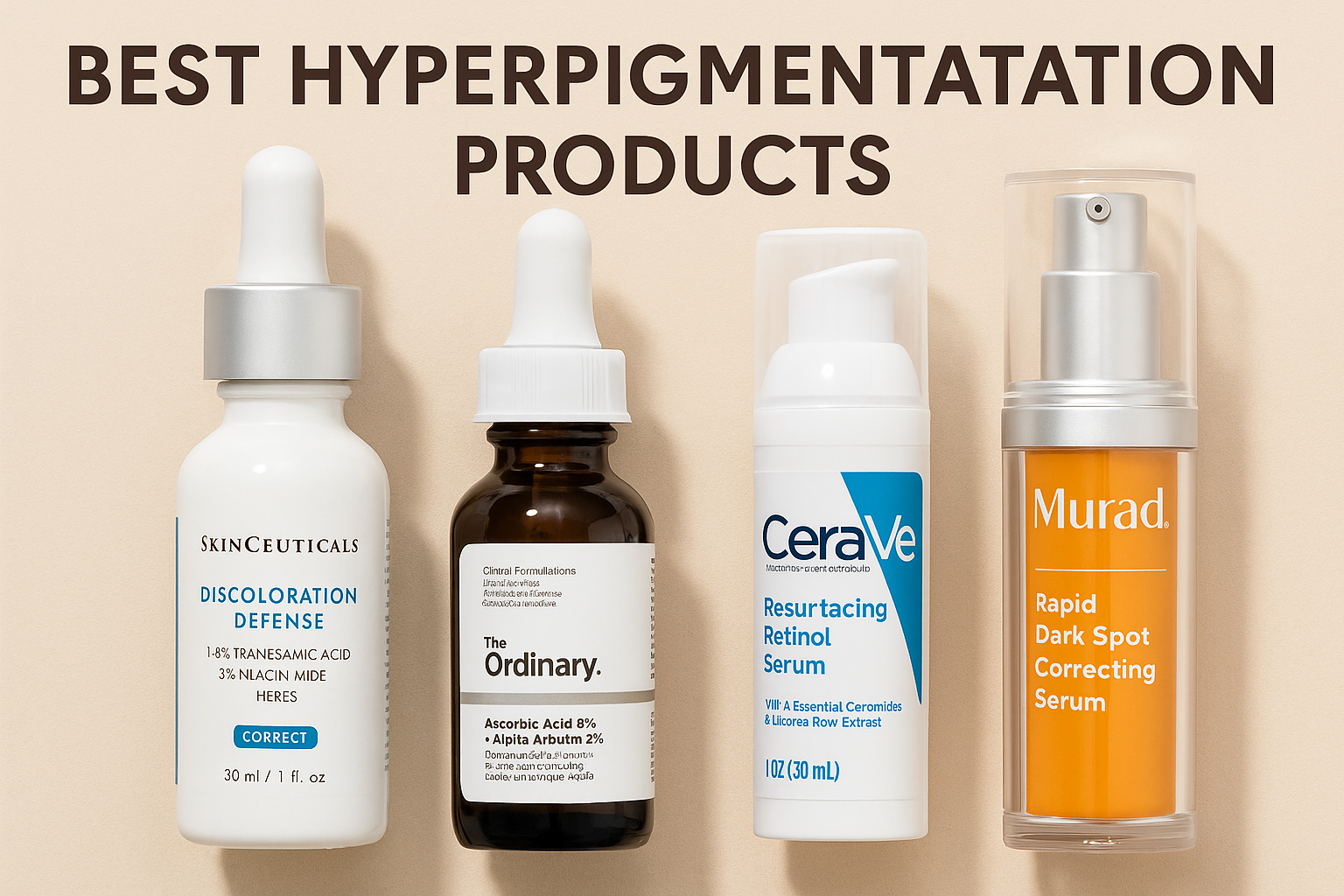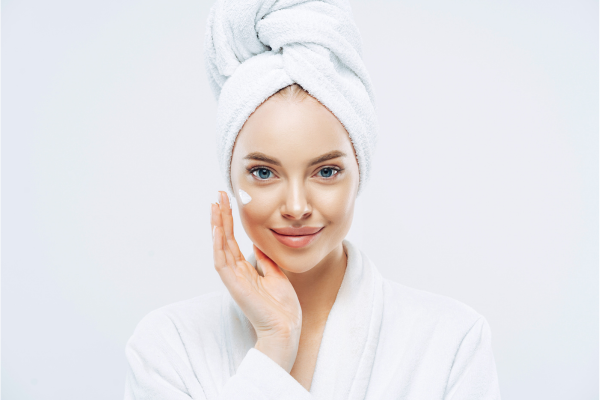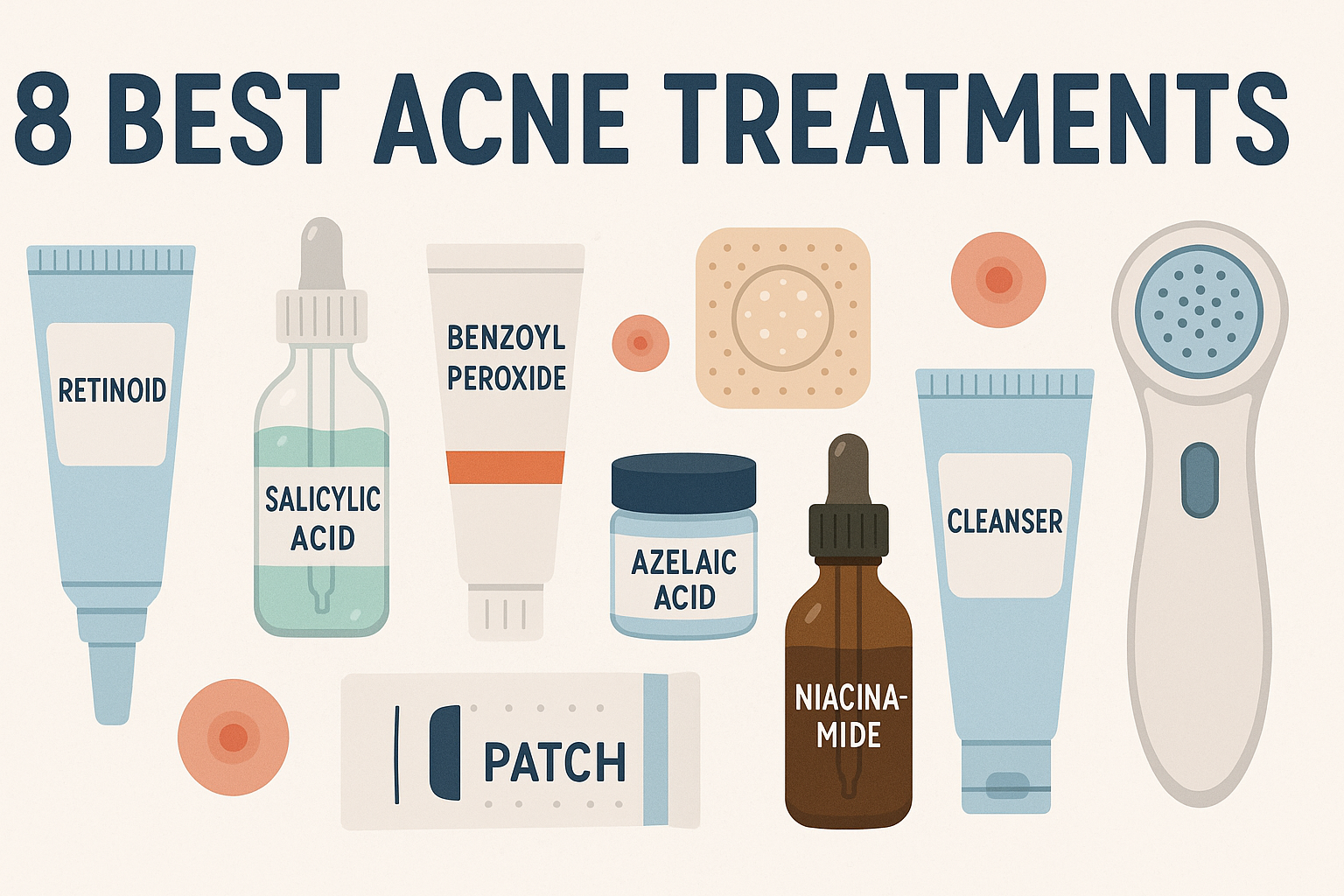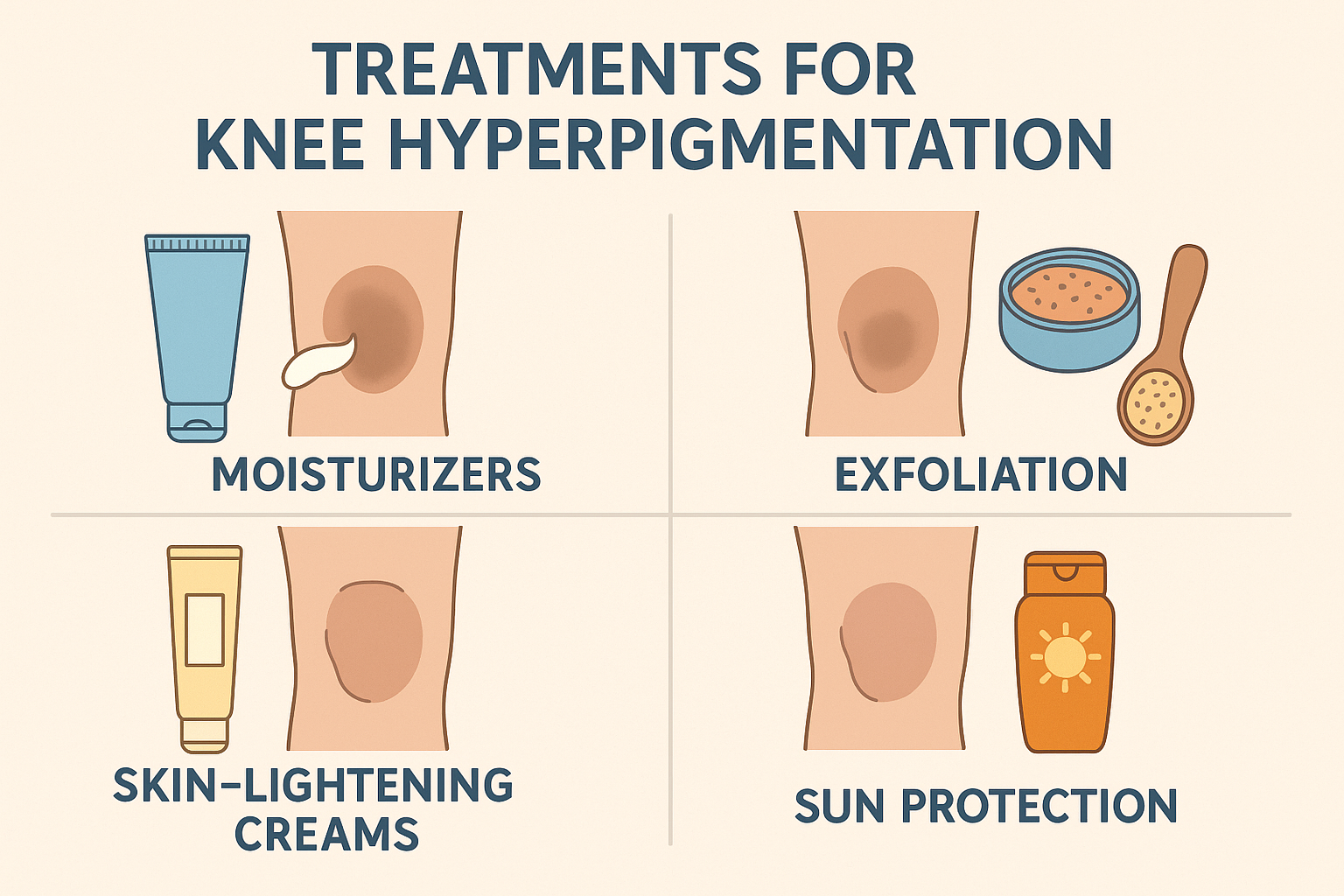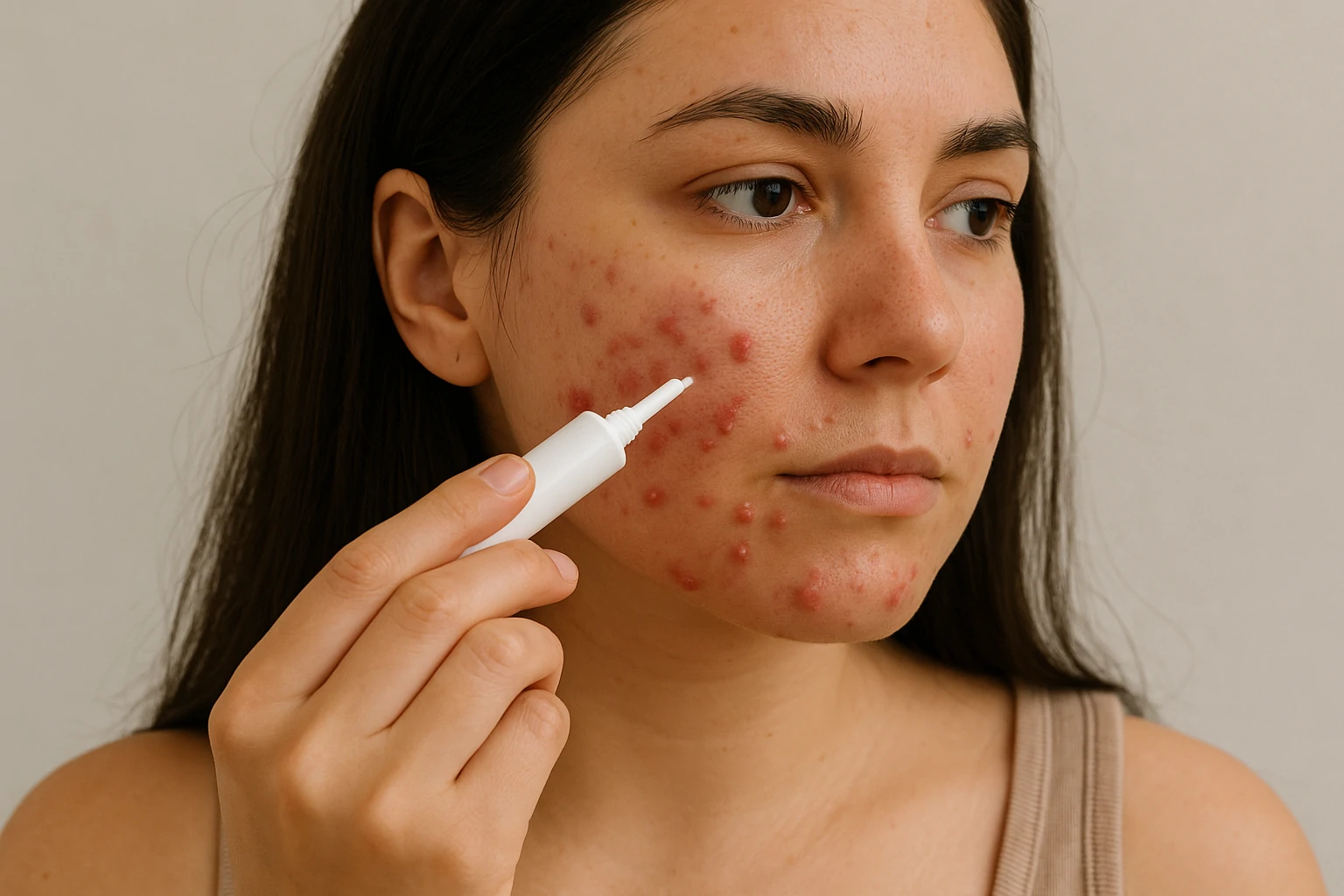How to Treat Sebaceous Hyperplasia: Dermatologists Share Their Expert Advice
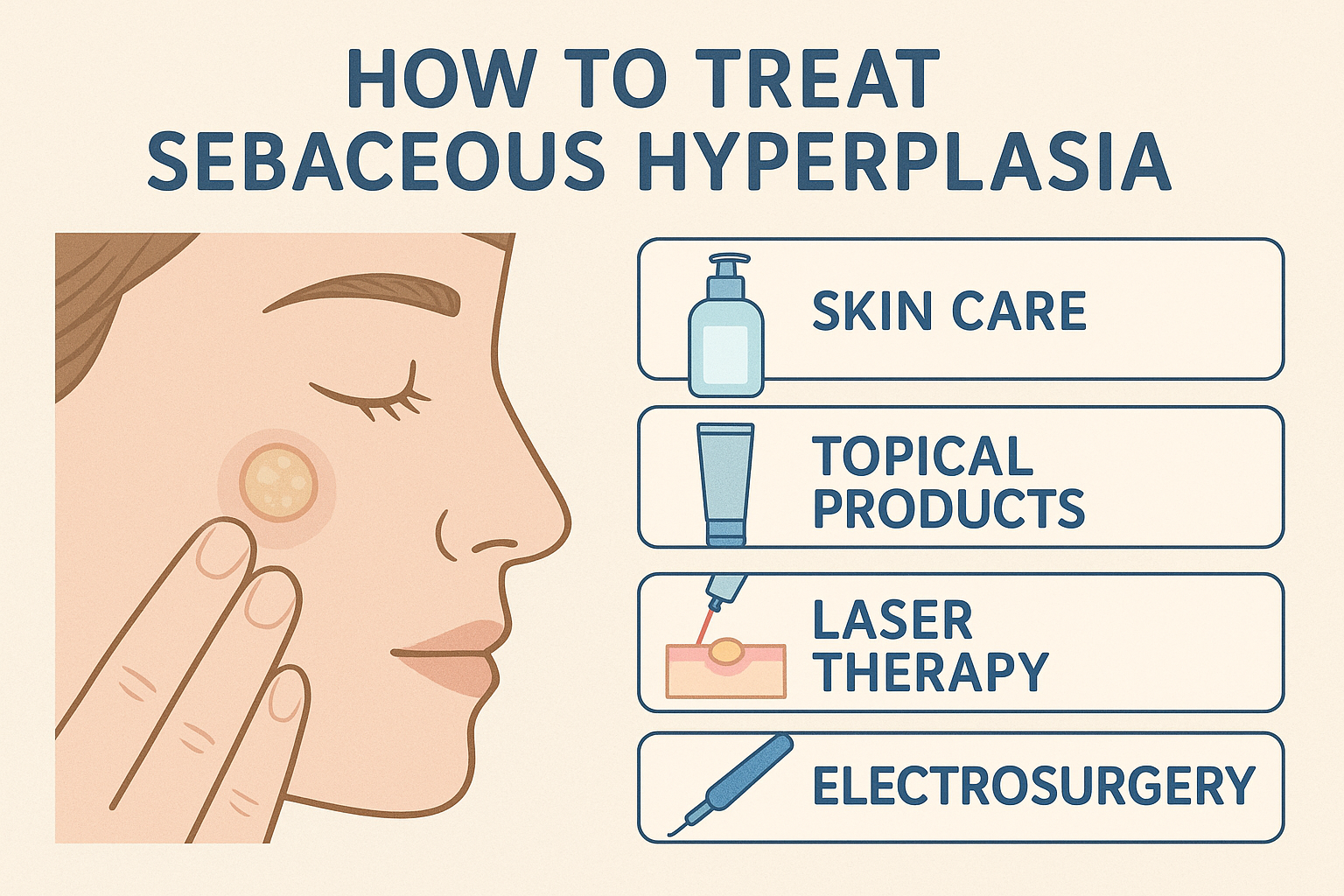
Just when you think you’ve learned about all types of acne and skin bumps, another condition pops up that might not be so familiar: sebaceous hyperplasia. Although it’s quite common, it’s often mistaken for regular acne. Recently, this condition has gained attention on TikTok, with millions of views showing just how curious people are about it.
Sebaceous hyperplasia happens when the sebaceous (oil) glands become enlarged, forming small yellowish or pale bumps on the skin, especially on the face. These bumps are usually painless, but they can affect appearance and are often confused with acne or milia.
The good news is, sebaceous hyperplasia is harmless and treatable. To help you understand it better, we spoke with three dermatologists who explained the causes, who is most at risk, and the treatment options — from medical skincare to dermatological procedures.
What Is Sebaceous Hyperplasia?
According to Dr. Melissa Kanchanapoomi Levin, a board-certified dermatologist, sebaceous hyperplasia is a benign (non-harmful) skin condition that occurs when the sebaceous (oil) glands beneath the skin enlarge. This condition is common and typically appears as small, pale yellow or skin-colored bumps, around 1–3 millimeters in size.1Farci F, Rapini RP. Sebaceous hyperplasia. In: StatPearls. StatPearls Publishing; 2021. The most common areas affected are the forehead and cheeks.
Although the exact cause isn’t fully understood, sebaceous hyperplasia tends to occur more often in middle-aged individuals, particularly those with fair skin who are frequently exposed to sunlight. Dr. Levin also mentions that genetics may play a role.
Dr. Rachel E. Maiman adds that while sebaceous hyperplasia affects the oil glands, it doesn’t mean only people with oily skin experience it. The oil glands are highly sensitive to androgen hormones, which naturally increase at certain stages, such as during menopause in women. Therefore, hormonal changes in adulthood are a common cause of this condition.
Though it’s not harmful, many people choose to treat sebaceous hyperplasia for cosmetic reasons. Understanding this condition is important for making the right decisions about treatment.
How to Treat Sebaceous Hyperplasia
Don’t Try to at Home
Although there’s a lot of information online offering home remedies for sebaceous hyperplasia, dermatologists advise against trying them without proper guidance. Dr. Melissa Levin emphasizes, “Unfortunately, there are no home remedies that are truly effective for treating this condition.”
Dr. Rachel Maiman also agrees with this statement. She mentions that only treatments provided by a doctor, using medical procedures in a clinic, can deliver real results. “I even searched on Google myself, and there are plenty of claims about home treatments,” she says. “But from my experience, the results are minimal, almost nonexistent.”
Experts warn that using unproven home ingredients or methods can actually irritate the skin or worsen the condition. Therefore, if you want to address sebaceous hyperplasia safely and effectively, it’s best to consult a dermatologist. They can recommend the right treatment options tailored to your skin’s needs.
Prescription Retinoids for Sebaceous Hyperplasia: What You Need to Know
The only exception to the advice against home remedies for sebaceous hyperplasia is prescription retinoids, such as tazarotene. This medication belongs to the class of topical retinoids, which work by speeding up skin cell turnover (regeneration), helping to keep pores clear and prevent the formation of new bumps.
According to Dr. Rachel Maiman, prescription retinoids like tazarotene can be effective as a preventive measure, especially for those prone to sebaceous hyperplasia. Retinoids work by stimulating skin cell renewal and regulating oil gland activity, which can slow down or stop the formation of new bumps.
However, it’s important to note that while retinoids can help prevent new lesions, they typically don’t eliminate existing bumps. The bumps that have already formed usually require direct treatment at a clinic, such as cauterization, laser therapy, or cryotherapy, to be completely removed.2Zasada M, Budzisz E. Retinoids: active molecules influencing skin structure formation in cosmetic and dermatological treatments. Postepy Dermatol Alergol. 2019;36(4):392-397.
Since retinoids are strong medications that can cause irritation, their use must be monitored by a doctor. Therefore, always consult with a healthcare professional before starting this treatment.
Why Daily Sunscreen Is Essential for Preventing Sebaceous Hyperplasia
Sun exposure is one of the main factors contributing to the development of sebaceous hyperplasia, according to Dr. Melissa Levin. That’s why she strongly emphasizes the importance of using sunscreen every day, not just for those with this condition, but for everyone in general.
Ultraviolet (UV) rays from the sun can slowly damage the skin, even if the effects are not immediately visible. In the case of sebaceous hyperplasia, constant UV exposure can stimulate the enlargement of the oil glands, leading to the appearance of small bumps on the skin. Additionally, sunlight accelerates skin aging, damages collagen, triggers hyperpigmentation, and even increases the risk of skin cancer.
For these reasons, sunscreen should be part of your daily routine, even on cloudy days or when indoors with indirect sunlight. Choose a broad-spectrum sunscreen (protecting against both UVA and UVB) with a minimum SPF of 30. Using sunscreen is not only protection against sebaceous hyperplasia but also a long-term investment in your skin’s health and appearance.
Ask Your Dermatologist About Oral Isotretinoin
If you decide to consult a dermatologist, there are various medical treatments or clinical procedures that can be offered, depending on the severity of the condition and your treatment goals. One treatment that a doctor might recommend is isotretinoin, commonly known by the brand name Accutane.
Isotretinoin is an oral medication that belongs to the class of strong retinoids and is typically used to treat severe acne. However, in the case of sebaceous hyperplasia, this medication can also help shrink the enlarged oil glands, causing the small bumps on the skin to reduce in size. This makes it a relatively effective medical option for improving the appearance of the condition.
However, Dr. Melissa Levin provides an important note: the effects of isotretinoin are temporary in the context of sebaceous hyperplasia. Once treatment is stopped, the bumps may return over time, as the underlying causes—such as genetics, hormonal changes, and sun exposure—are still present.
Therefore, while isotretinoin can be an effective short-term solution, it’s important to manage expectations and consider long-term care, such as sun protection and regular monitoring by a dermatologist.
Laser Treatments for Sebaceous Hyperplasia: What Are Your Options?
According to Dr. Rachel Maiman, laser therapy is an effective clinical treatment option for sebaceous hyperplasia, especially if you want quick cosmetic results. She explains that there are several types of lasers that can be used, each working in different ways and with varying levels of effectiveness.
One commonly used type is the Pulsed Dye Laser (PDL), which targets blood vessels beneath the skin to shrink the lesions. There is also the 1450-nm diode laser, which penetrates deeper into the skin layers to target the enlarged oil glands. Additionally, there are resurfacing lasers like Erbium:YAG and CO2 lasers, which work by removing the top layer of skin, helping to smooth the texture and even out the skin’s surface.
Dr. Maiman emphasizes that laser treatment results can vary significantly. For some people, the bumps may completely disappear, while for others, they may only become flatter and less noticeable. The final outcome depends on skin type, the size and number of lesions, and the type of laser used.
Due to the range of options and the strong nature of lasers, it’s essential to consult a dermatologist before choosing a procedure. The doctor will assess your skin condition and recommend the safest and most effective type of laser based on your needs.
Can Chemical Peels Help with Sebaceous Hyperplasia?
Chemical peeling is one of the clinical methods that can be used to help treat sebaceous hyperplasia, especially for improving skin texture and smoothing areas with small bumps. According to Dr. Rachel Maiman, one effective type of chemical peel is TCA (trichloroacetic acid) at a high concentration, around 70%, which is usually done once a month for 4–5 months.
TCA peeling works by removing the outer layer of the skin (deep exfoliation), stimulating the regeneration of smoother, clearer skin without lesions. However, this high concentration must be handled by a professional and applied very carefully due to its higher risks.
For a safer, less irritating option, a lower concentration of TCA (around 20–30%) can be used. Although it’s safer, the results are not as fast as with the higher concentration, and it usually requires more treatment sessions to achieve satisfactory results.
Possible side effects after the treatment include a burning sensation, itching, tingling, redness, or skin peeling. These reactions are common and part of the healing process, but they should still be monitored by a doctor to prevent complications like hyperpigmentation or infection. Therefore, it’s essential to undergo this procedure under the supervision of a dermatologist.
Remove Sebaceous Hyperplasia Safely With Electrocautery
Electrocautery is a common clinical procedure often recommended by dermatologists, including Dr. Melissa Levin and Dr. Rachel Maiman, for treating sebaceous hyperplasia. This method is considered efficient, quick, and relatively comfortable, with minimal risks when performed by a professional.
The electrocautery procedure uses a small metal needle that is electrically charged to generate heat. This heat is used to burn and destroy the tissue of the bumps, causing the lesions to shrink or disappear completely. After the burning, the bump may be carefully scraped using a special tool to ensure the skin’s surface is smooth again. The procedure is usually quick and does not require general anesthesia—only local anesthesia if needed.
After the procedure, a small wound similar to a burn mark will form, which will turn into a scab and fall off within 5 to 10 days. The area needs to be kept clean and free from irritation during the healing process.
One thing to keep in mind: if there are many bumps, the procedure may need to be done in several sessions, usually with a one-month gap between treatments.
In terms of cost, electrocautery can vary widely depending on the clinic’s location, the doctor’s reputation, and the number of lesions treated. Prices can range from around $50 to over $700, especially if performed at a premium or metropolitan clinic.
Cryotherapy for Sebaceous Hyperplasia: A Cold Treatment for Skin Bumps
Cryotherapy is a clinical procedure used to treat sebaceous hyperplasia, a condition where the oil glands enlarge and form small bumps on the skin’s surface. This procedure uses liquid nitrogen at extremely low temperatures to freeze the overgrown oil gland tissue.
When liquid nitrogen is applied to the bumps, its extreme cold damages the cell structure inside the oil glands. As a result, the tissue dies and gradually sloughs off. After the procedure, the frozen area will appear as a small wound, which turns into a scab that will fall off in a few days, revealing new skin underneath. Visually, the results are quite similar to electrocautery.
However, according to Dr. Rachel Maiman, cryotherapy is generally less effective than electrocautery. This is because the freezing effect often does not fully penetrate the oil gland, especially if the lesion is large or deep. Therefore, to achieve optimal results, this procedure often needs to be repeated several times, depending on the individual’s skin condition.
Although considered safe, cryotherapy should always be performed by a professional dermatologist to minimize the risk of irritation or post-procedure hyperpigmentation.
Essential Aftercare Tips for Post-Skin Treatment Recovery
After undergoing treatments like chemical peeling, laser, or the use of retinoids, proper aftercare is essential to maintain the results and prevent complications. The skin will be in a sensitive condition and will need time to heal, so extra protection is necessary.
One of the most important steps is to avoid direct sun exposure, as freshly treated skin is more vulnerable to irritation, redness, and hyperpigmentation. Therefore, use a broad-spectrum sunscreen with a minimum SPF of 30–50 every day, even on cloudy days or when indoors with indirect sunlight.
Additionally, avoid using harsh skincare products like physical or chemical exfoliators, and choose soothing moisturizers. Be sure to follow all the recommendations and instructions from your dermatologist to ensure optimal healing and longer-lasting results.
Conclusion
Sebaceous hyperplasia is a skin condition characterized by small bumps caused by enlarged oil glands. Although it is not harmful, this condition is often considered aesthetically bothersome. Many people hope for a “complete cure” after undergoing dermatological treatments, but according to Dr. Marina Peredo, MD, FAAD, that expectation needs to be clarified.
Dr. Peredo emphasizes that there is no treatment that can permanently cure sebaceous hyperplasia. All available treatments—whether clinical procedures or medications—aim to manage symptoms and improve the skin’s appearance, rather than eliminate the condition entirely. She explains that although the results can be very good, the bumps may return over time because the underlying causes, such as genetics and hormonal changes, still exist.
One of the most commonly used methods by Dr. Peredo is cauterization, a procedure where the bumps are burned using a small electrical device. This technique is effective for removing existing bumps, quick, and low-risk when performed by a professional. However, it’s important to note that the results are temporary, and patients may need follow-up treatments if new lesions appear.
Therefore, long-term management and regular monitoring with a dermatologist are crucial to keep the condition under control.
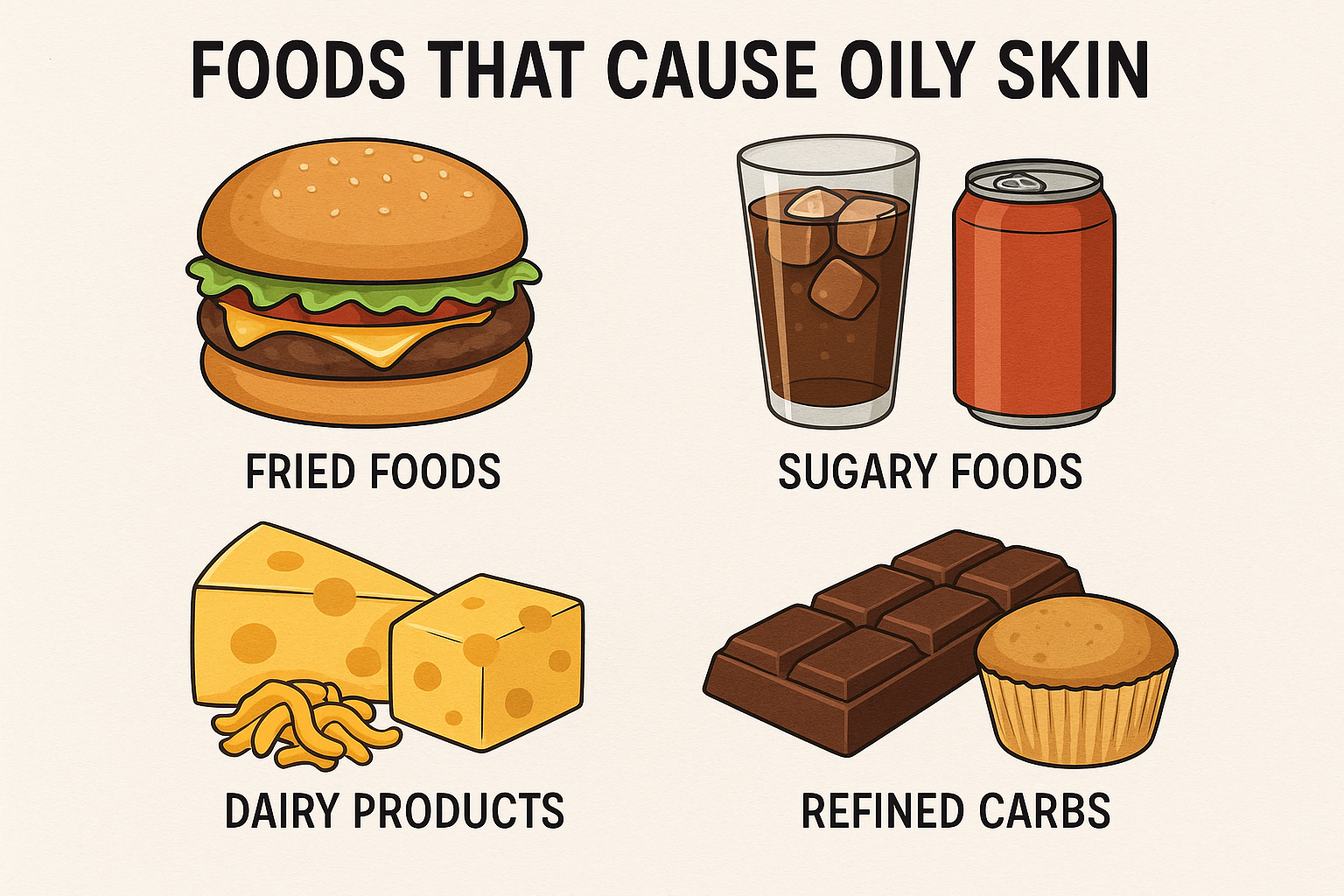
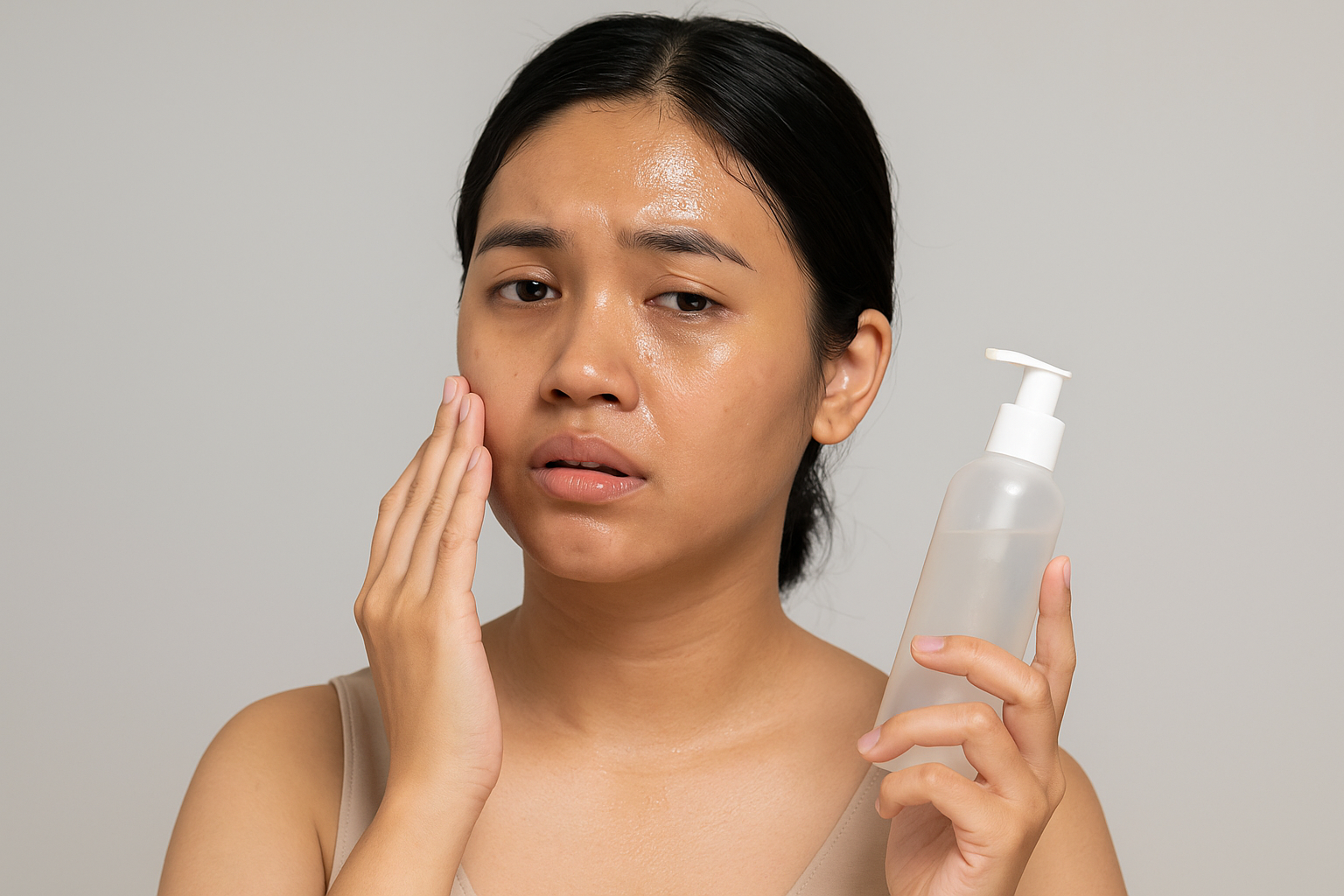
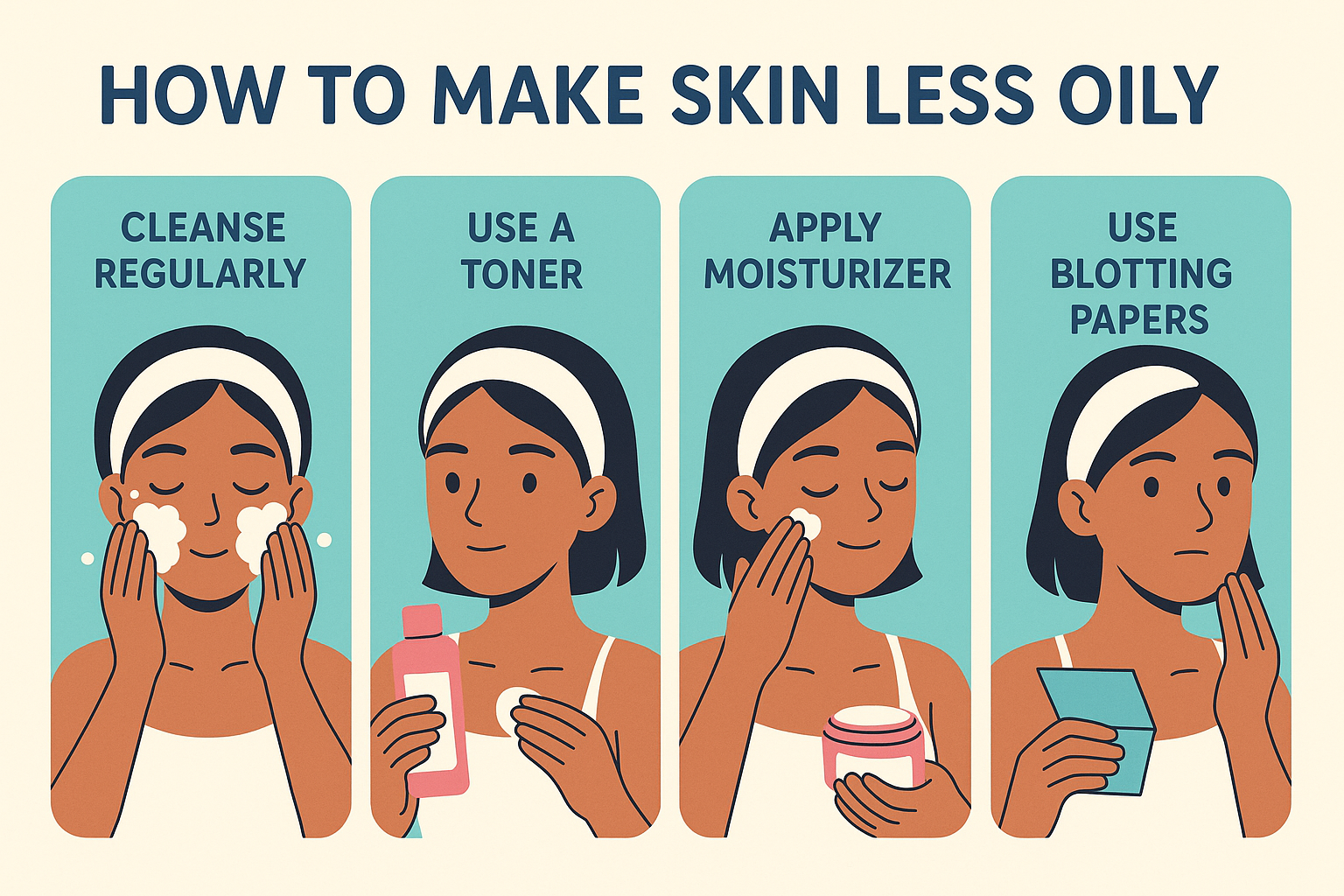
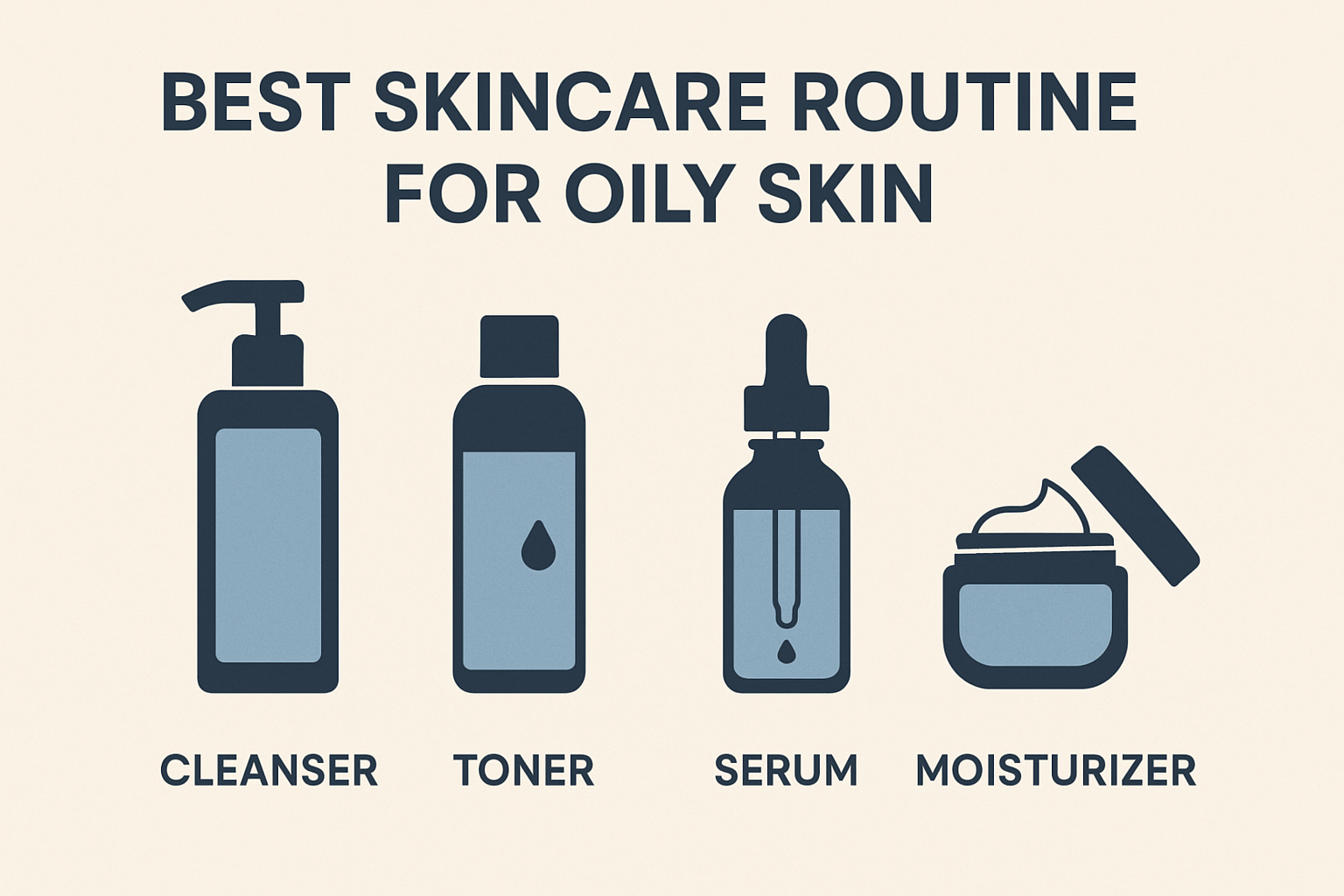
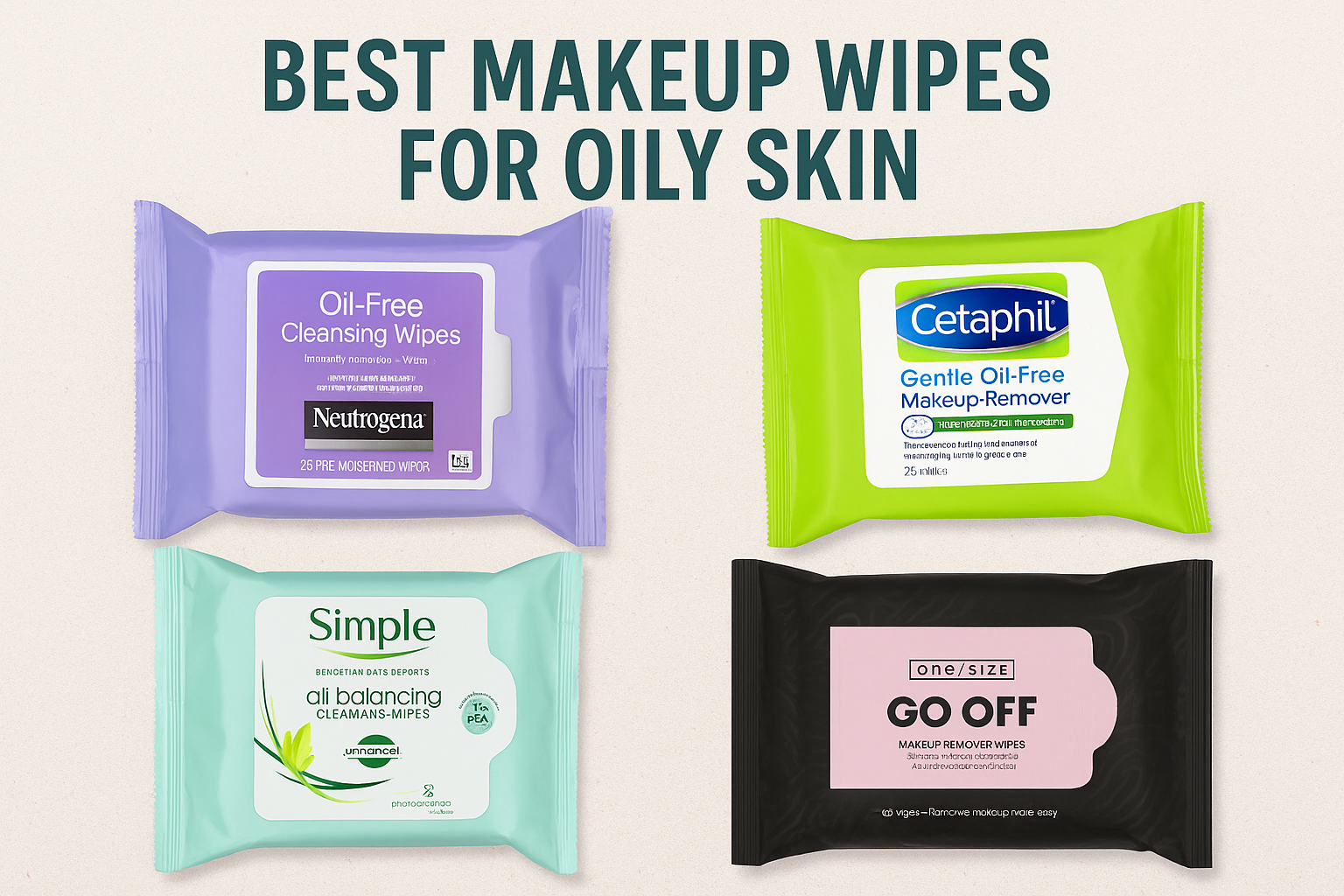
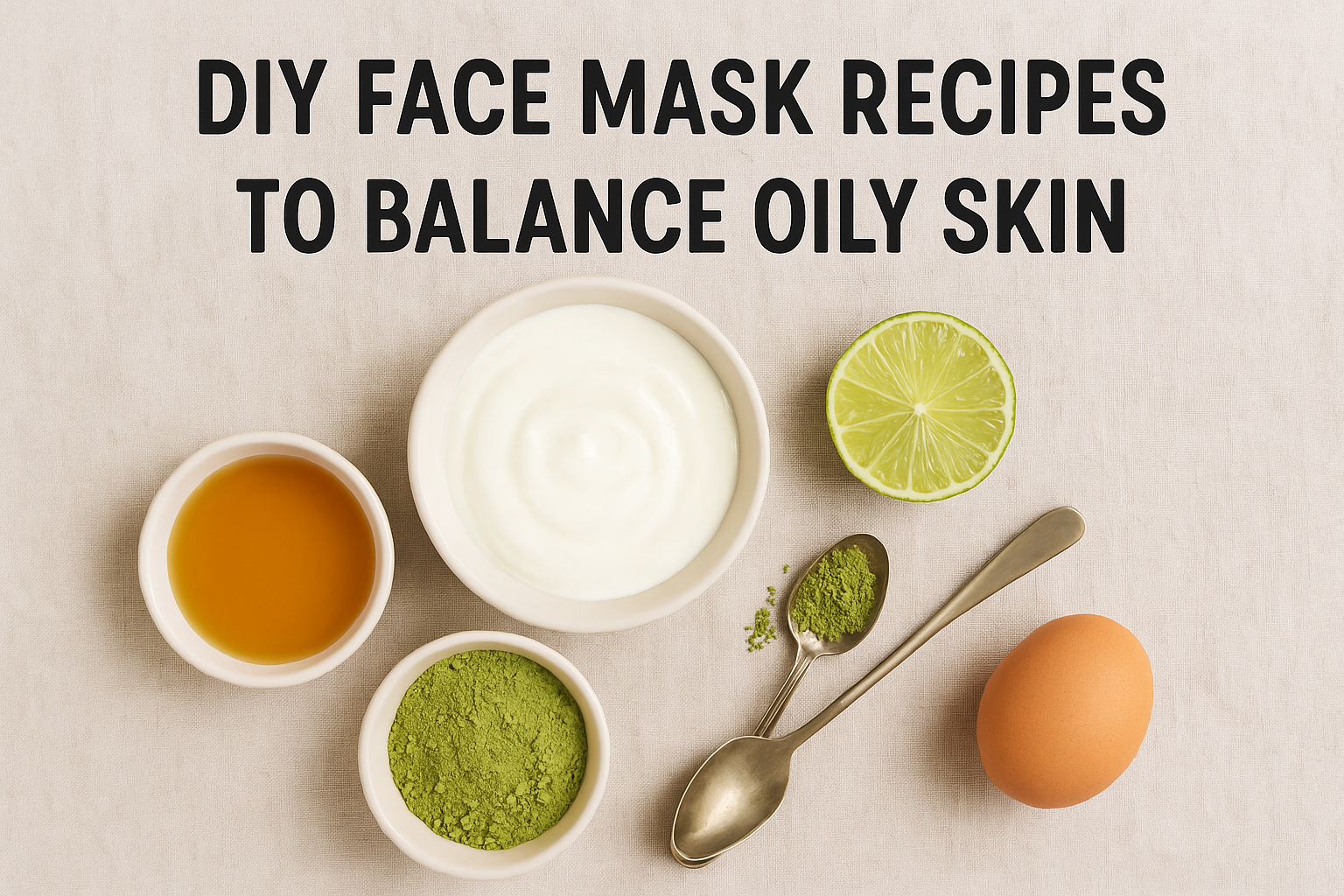
 Acne
Acne Anti-Aging
Anti-Aging Business
Business Digital Marketing
Digital Marketing Economics
Economics Movies
Movies Personal Finance
Personal Finance Websites
Websites
